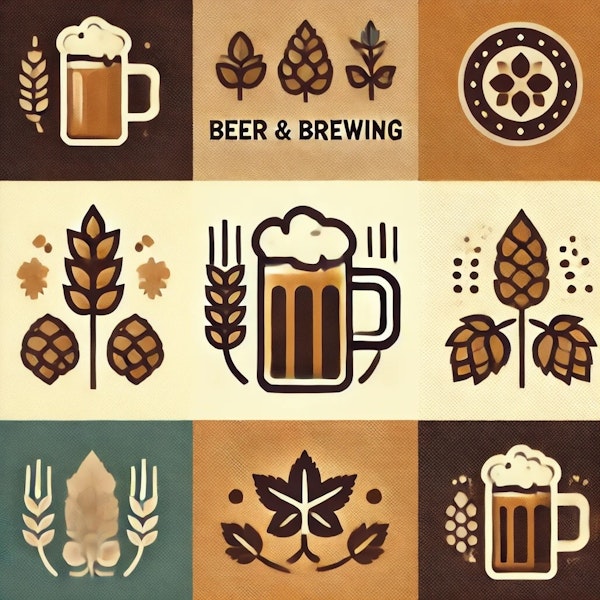
This is a beer you’ll like, that can serve a big (and mixed-palate) crowd, with a hops blend that should intrigue the beer geeks, and has enough punch and interest to stand out on the competition table. Not bad for a boring fizzy yellow lager, eh?
While many variations exist, the recipe that follows takes a solid amber-brown ale and adds in both the real (pumpkin) and “evocative” (pumpkin pie spice) ingredients necessary to call to mind falling leaves and football (European or American).
Knowing how to build a recipe for fractional distillation (and, of course, how to use the process) and making a style an "Ice Whatever" is a great club to have in your bag.
This is a fun and easy beer. It has easily-recognizable flavors, can mask minor faults, and is easy to get right. Brew it up just before the holidays, enjoy through the snowy winter months, and share with your homebrew and craft beer skeptic friends!
Thinking about getting into brewing or making your beer a little better? Join Josh Weikert as he takes you through the fundamentals of making beer, equipment you'll need, and building recipes.
In the dog days of summer it's a great time to brew up a large batch of what can conventionally be referred to not by its proper BJCP Style Guidelines name (Czech Pale Lager) but instead by a more descriptively-accurate name: Session Pilsner.
The Scottish Export is the strongest of the three lower-ABV ales in the family. A malt-forward, low-ABV, toasty-not-roasty beer with minimal hops, but at the 80 shilling level we're expecting a more pronounced set of flavors.
Australian sparkling ales needed a little something to brighten them up, and along it came: fun, funky, “Down Under” hops. With some creative hopping, these are worth your time.
Like all IPAs, Brown IPA is hops-forward. It's useful to think of it in terms of malt character, though: it should have noticeable brown- and black-malt flavors but not be sweet or malt-forward.
Let’s take a walk through the roles hops play during the brewing and fermentation process.